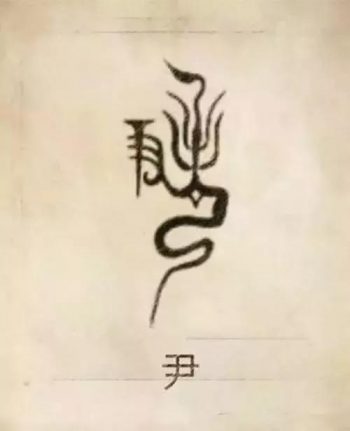The Yin(yǐn) surname, one of China’s oldest family names, offers a fascinating window into the evolution of Chinese civilization. From ancient political symbolism to its modern global identity, the Yin lineage reflects themes of governance, intellectual innovation, and multicultural integration. Let’s explore its origins, influential figures, cultural values, and enduring impact.

I. Surname origin
1. Descendants of Shaohao
The earliest origin traces to Shaohao, a legendary leader of the Dongyi tribes (circa 2600 BCE). His son Yin was appointed as the Minister of Crafts and granted the fiefdom of Yin City (modern Shanxi or Henan). His descendants adopted “Yin” as their surname, marking the clan’s foundational branch.
2. Take office as surname
During the Western Zhou Dynasty (1046–771 BCE), “Yin” denoted a high-ranking official akin to a prime minister. Yin Jifu, a celebrated statesman who aided King Xuan’s reforms, cemented the surname’s political legacy. His descendants adopted “Yin” as their family name.
3. Ethnic Integration
Over centuries, Mongol (Borjigit clan), Manchu (Janggiya clan), Bai, and Miao communities adopted the Yin surname through cultural assimilation or phonetic adaptation, embodying China’s multicultural ethos.
II. Historical Figures:
1. Statesmen and Reformers
Yin Jifu – Western Zhou royal tutor and military strategist, credited with compiling The Book of Songs’ Greater Odes.
Yin Jishan – Qing Dynasty Grand Councillor, renowned for water conservancy projects and educational reforms in Jiangnan.
2. Philosophers and Scholars
Yin Wen – Warring States philosopher who founded the School of Names, pioneering logical debate with his work Yin Wenzi.
Yin Zhu – Northern Song literary figure who championed classical prose, influencing generations of writers.
3. Science and Art Innovators
Yin Min – Han Dynasty scholar who challenged superstitions, advancing Confucian textual studies.
Yin Lin – Tang Dynasty painter celebrated for Buddhist and Daoist murals, documented in Records of Famous Paintings Through the Ages.
III. Cultural Significance:
1. Ancestral Homelands and Clan Halls
Tianshui Commandery (Gansu) :The “Tianshui Yin Clan” rose to prominence during the Later Qin dynasty.
Hejian Commandery (Hebei) :The Hejing Hall honors Song scholar Yin Tun’s Neo-Confucian teachings.
2. Family Codes and Migration
Yin genealogies emphasize “loyalty, filial piety, and self-cultivation.” Ming-era family rules urged members to “value integrity over wealth.” Migration waves—from the Spring and Autumn Period to the Qing’s “Fill Sichuan with Huguang Settlers” movement—highlight cultural diffusion.
3. Literary and Artistic Heritage
Folk ballads in Yin Jifu Town (Hubei) preserve ancestral lore, while the Yin Clan Genealogy codifies the motto “Teach descendants through classics,” underscoring education’s role in lineage preservation.
IV. Social Impact:
1. Demographics
The Yin surname has a current population of about 2.28 million,concentrated in Gansu, Hebei, and Hunan. Modern Yin entrepreneurs thrive in tech and cultural industries.
2. Diaspora Connections
Overseas Yin communities (500,000+) maintain ties through organizations like Malaysia’s Jiangxia Hall, hosting ancestral worship events that reinforce cultural identity.
3. Modern Contributions
From paleontologist Yin Zanxun to archaeologist Yin Da (key figure in China’s Xia-Shang-Zhou Chronology Project), Yin scholars continue shaping academic frontiers.
Conclusion:
From the totem of the Xuan Bird of the Shaohao tribe to the cultural ambassadors of the globalization era, the four-thousand-year of the Yin family is not only a microcosm of the pluralistic and integrated Chinese civilization, but also a proof of the clan spirit of "loyalty and last long, poetry and books continue for generations". For those who seek their roots, tracing the lineage of the Yin family is equivalent to decoding the spiritual code of a that has been everlasting.